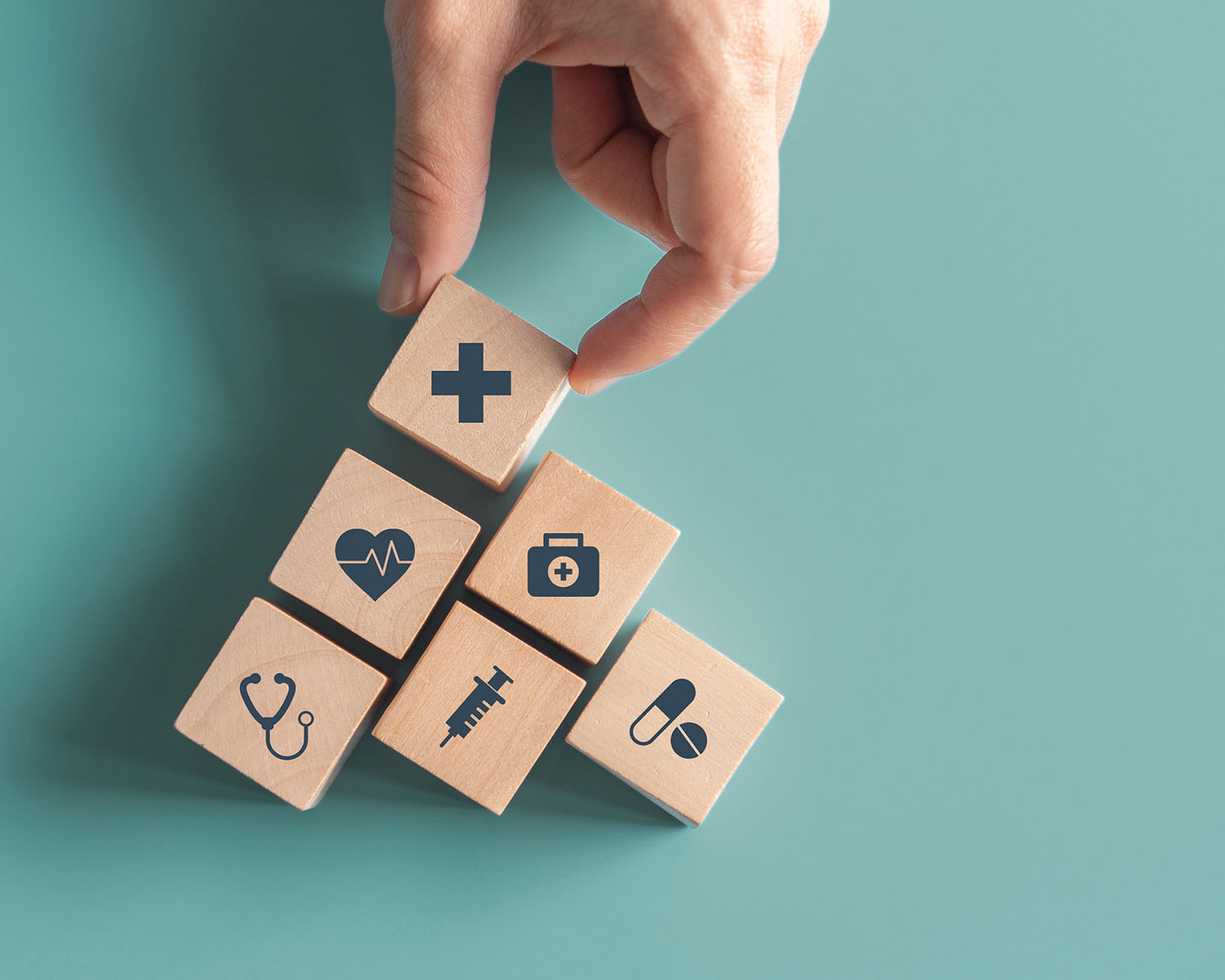Clinical study on the
Eosinophilic esophagitis
Are you suffering from acute eosinophilic esophagitis with clinical symptoms? Do you have discomfort when swallowing and inflammation of the esophagus?
We are looking for patients who suffer from eosinophilic esophagitis. Contact us.
Register for study
Possible symptoms and consequences of EoE:
- Difficulty swallowing, sometimes massive
- Pain behind the sternum
- Heartburn
- Cough
- Burping
- Diarrhea
- Nausea
- Vomiting
- Decreased appetite
What we are looking for
We are looking for patients between 18 and 75 years of age for a clinical study.
Prerequisite: the diagnosis of eosinophilic esophagitis and evidence of esophageal inflammation must be confirmed by an independent pathologist at baseline. You can find more information below.
Treatment and more
Important info
Treatment
Participants are divided into two treatment groups.
Group 1 takes budesonide as a 2 mg tablet. A placebo tablet is taken as a second dose during the day. Group 2 takes budesonide twice daily as a 1 mg tablet.
Neither doctors nor patients know during the treatment phase whether the daily dose is reached by one or two doses. Therefore, this is referred to as a "double-blind study". A final visit is held after a 4-week follow-up period.
Time required
Study duration per patient:in: 11-14 weeks.
The study begins with a screening phase of up to 4 weeks to determine eligibility for study participation (evidence of esophageal inflammation, etc.). This is followed by a 6-week treatment phase with the goal of improving symptoms and regressing esophageal inflammation. For this purpose, patients take one melting tablet daily in the morning and one in the evening.
Aim of the study
Several studies have shown that treatment of EoE with budesonide, a glucocorticoid ("cortisone"), improves clinical symptoms and decreases inflammation. The current recommended dose is one 1 mg tablet taken twice daily for a period of 6-12 weeks. This study is designed to determine whether treatment of an EoE with daily administration of a 2 mg tablet is similarly safe and effective.
Participants are divided into two treatment groups.
Group 1 takes budesonide as a 2 mg tablet. A placebo tablet is taken as a second dose during the day. Group 2 takes budesonide twice daily as a 1 mg tablet.
Neither doctors nor patients know during the treatment phase whether the daily dose is reached by one or two doses. Therefore, this is referred to as a "double-blind study". A final visit is held after a 4-week follow-up period.
Study duration per patient:in: 11-14 weeks.
The study begins with a screening phase of up to 4 weeks to determine eligibility for study participation (evidence of esophageal inflammation, etc.). This is followed by a 6-week treatment phase with the goal of improving symptoms and regressing esophageal inflammation. For this purpose, patients take one melting tablet daily in the morning and one in the evening.
Several studies have shown that treatment of EoE with budesonide, a glucocorticoid ("cortisone"), improves clinical symptoms and decreases inflammation. The current recommended dose is one 1 mg tablet taken twice daily for a period of 6-12 weeks. This study is designed to determine whether treatment of an EoE with daily administration of a 2 mg tablet is similarly safe and effective.
Clinical study: Eosinophilic esophagitis
Please contact
The study is being conducted in several European countries, including Germany, as well as in Canada. If you are interested in participating in a study for the treatment of EoE, please contact one of the study centers listed below. Thank you very much!
Study specific questions
Due to its chemical properties, budesonide acts mainly in the mucosa of the esophagus and the effect on the entire body is only slight. Therefore, the classical side effects of corticosteroids have been observed only in significantly lower frequency and not in the same intensity. However, as with any therapy, side effects may occur with budesonide treatment. During the study, you will therefore be closely monitored so that any side effects that occur can be treated quickly.
Yes, twice. Once at the beginning and once at the end of the study.
Adults aged 18-75 years suffering from acute eosinophilic esophagitis with clinical symptoms are eligible to participate in the study. Do these criteria apply to you? If so, you may be eligible for our clinical trial.
FAQ Clinical Studies
Frequently asked questions
A clinical trial is "any investigation involving human subjects", that tests new medical treatmentsdrugs or therapies to determine their safety and efficacy.
Clinical trials are crucial for the development and validation of new medical approaches, to enable advances in healthcare and improve existing treatments.
Clinical trials are conducted not only in hospitals, but also by physicians in private practice. Pharmaceutical companies are often the clients of such studies, but universities or hospitals can also initiate such studies. An educational interview will be conducted prior to potential participation. Here you will be informed about goals, methods, advantages and possible risks. After sufficient time to think about it, you can decide whether you want to participate in the clinical trial. Participation is always voluntary and can be terminated at any time without giving reasons. The initial consultation will be followed by the screening visit, during which your eligibility for the study will be assessed. If the assessment is positive, the baseline visit occurs, in which baseline values are recorded and then the study medication or a placebo is administered. During the treatment phase, regular visits are scheduled to monitor your health, the effectiveness of the medication, and any side effects. After the treatment phase, there is a follow-up phase to evaluate the long-term effects and safety of the medication.
Yes, the safety of the participants is a top priority. Clinical trials are carefully planned and monitored to minimize potential risks. Prior to participation, researchers must disclose all risks and potential benefits of a study, and participation is always on a voluntary basis.

